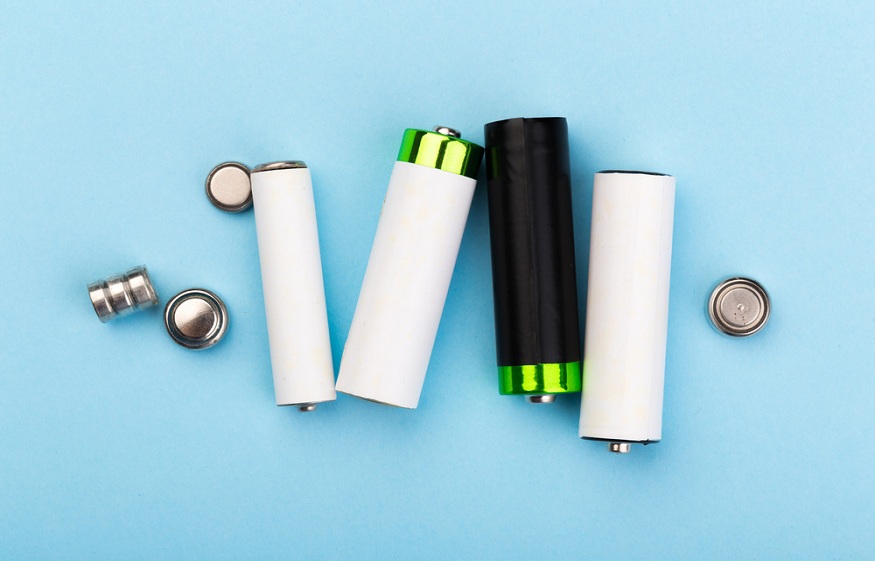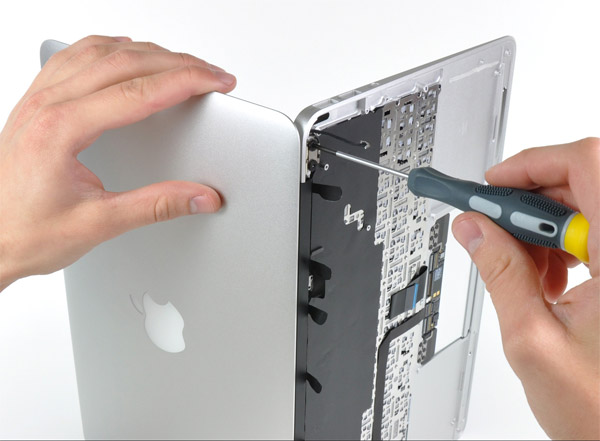Battery Leakage – Causes and How to Prevent
Batteries may only now be revealing their true potential in a huge array of different applications (electric cars, power stations, mobile devices, etc.) but they are not a new technology. In fact, the technology has been around for over a hundred years, and so there isn’t anyone alive today that did not grow up with batteries of some kind. This familiarity with batteries and their place in our culture means that we have developed tips for usage and insights for getting the best performance out of them.

The thing about new battery technologies – where this is concerned – is that they are somehow strange, new and unfamiliar, but they also very often resemble the batteries of old. For example, there are the USB C rechargeable AAA smart batteries from Pale Blue Earth, which come with all sorts of advanced battery and “smart” technology, but which look simply like the AA and AAA batteries of old. The key point here is that battery technology may well be moving at a faster rate, but the old tips, tricks, and insights for battery care remain in many cases. Sometimes, the old problems remain too.
Battery Leakage
One of these old problems is battery leakage. Furthermore, as expected, the majority of consumers are familiar with the odd white granular crust that forms on the outside of batteries and make them unsuitable for use. This is not a problem that has disappeared from the battery landscape but, even though it has been with us for a long time, many are still confused about leakage. They do not know what causes it or if it is possible to prevent or fix. They only know that it breaks the battery.
So, what causes leakage? Batteries work thanks to chemicals contained within them which react in order to transfer power. Not all batteries follow this model, but the ones that do release a gas inside the battery.
The structural composition of batteries ensures that they do not leak too often, and the casing is normally more than capable of containing the gas. Sometimes though, the pressure causes the batteries to rupture, which creates an opening for the chemicals to leak out. However, a crucial point here is that this certainly doesn’t mean the batteries explode. Battery casings nowadays ensure that all that happens is a small opening is formed upon rupture.
Why Does Battery Leakage Happen?
Understanding how to prevent battery leakage is all about understanding the conditions that cause it. One of the most common causes is for batteries to be left inside a device for too long. Under such conditions, the device will periodically “check” for remaining power, which puts long term extended strain on the batteries and causes it to release more gas. The solution here is simple – do not leave the batteries in the device.
Another cause is mixing batteries inside a device. Using different types of battery causes an imbalance, meaning that the stronger battery overcompensates and discharges far too quickly, releasing more gas as it does. Every battery inside a device should be taking an equal share of the strain – if one is taking less, another is taking more and is at increased danger of leakage.
It is remarkable that in this brave new world of battery technology, so much remains from the past. But then again, people get used to batteries and how to use them, and new technology usually finds ways of improving – not completely changing – the batteries we use. One day, leakage might be a thing of the past but, for now, the old wisdom about how to prevent it certainly still applies.






















